1943 Studebaker M29C Weasel
Amphibious Personnel Carrier
The Weasel idea was introduced in 1942, when the First Special Services Force needed transportation into Norway to knock out strategic power plants. The vehicle needed to move quickly and easily through the winter snows of Norway. It needed to be air transportable and be able to withstand the effects of being dropped by parachute and would also be able to carry arms, explosives and minimal resupply stocks.
The Norwegian mission was canceled and therefore the Weasel was never used for its original intention. However, as it was amphibious and could cross terrain too soft for most other vehicles it was used widely in both Italy on the Western Front. It went ashore on Normandy, it was with the U.S. Army during the breakthrough at St. Lo., the Battle of the Bulge and in the mud of the Roer and the Rhine. M29 was a Cargo Carrier but was also used as a command center, radio, ambulance and signal line laying. US soldiers soon realized the Weasel could be used as an ambulance, as it could get to places not even Jeeps could. Another use was for crossing minefields as its ground pressure was often too low to set off anti-tank mines.
After the war many surplus M29s were sold to allied countries (Norway, Sweden, France, etc). Some M29C and M29 survived to serve in Korea, supplementing 1/4 ton 4x4 cargo vehicles in rough conditions. They served in Arctic and cold weather operations until retired in 1958. Large numbers of retired Weasels were sold off in the 1950s to civilians and municipal organizations. For example 25 Weasels were loaned for VIII Olympic Winter Games in 1960.
Our Weasel is an M29C model built in 1943. It is now almost completely restored. A complete history is not known although the tracks are French made which suggests this Weasel was sent to France after the War and operated there before being brought back to California.
Contrary to popular belief, the Weasel will still completely float in the water without flotation tanks. We have one front float tank and will have to build the rear tank from scratch using photos.
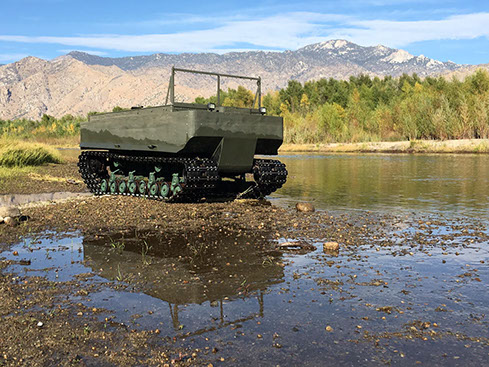
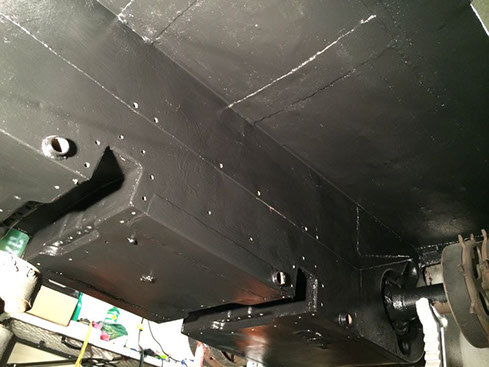
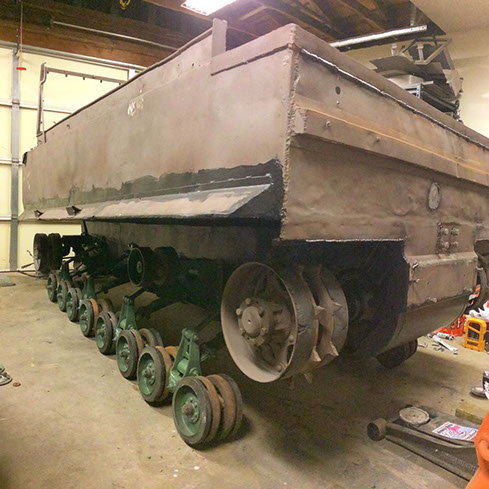
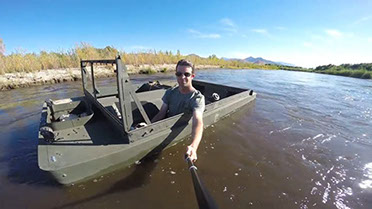
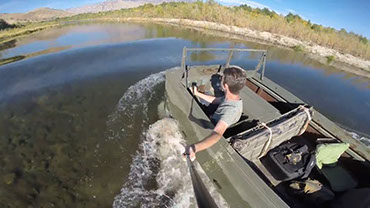
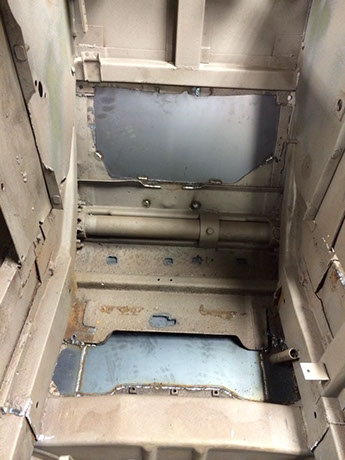
Copyright 2022 Golden Age Flight Museum
